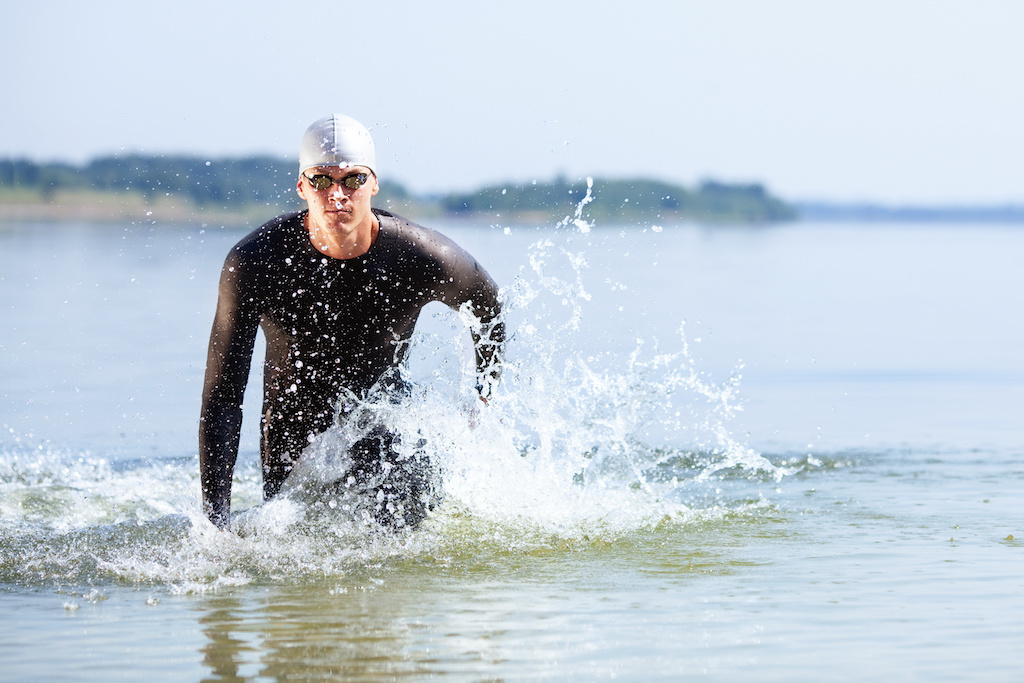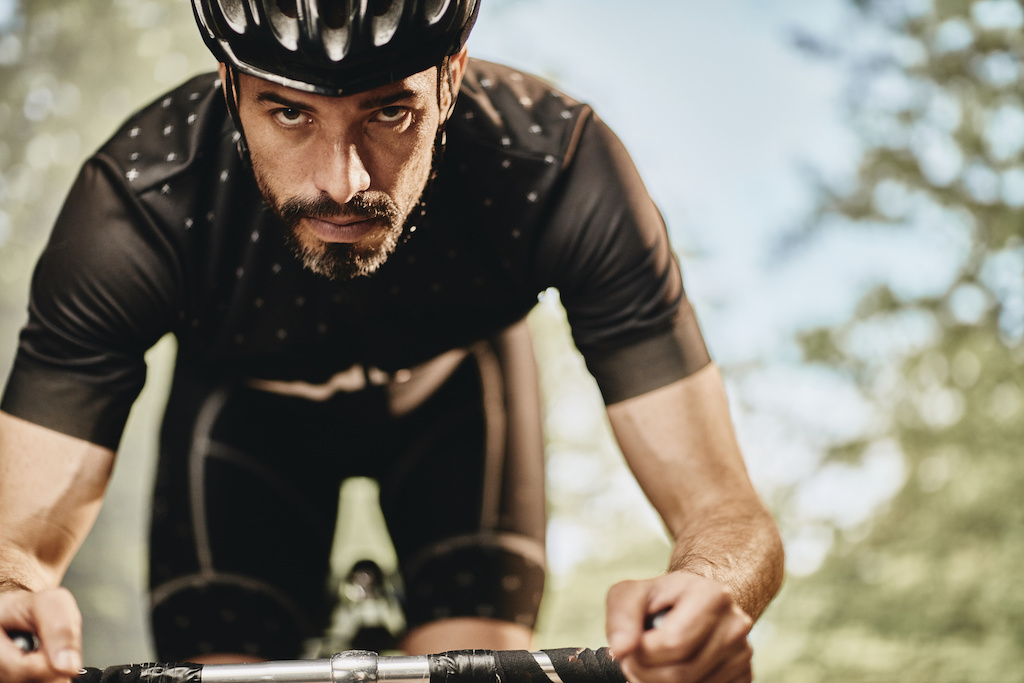Your project? To enter your first Ironman and experience the thrill of a triathlon that is both demanding and exciting. When should you start, how long should you train, and what should you work on to meet this challenge? Find out what disciplines and skills you’ll need to focus on and how to set up a fitness programme that will give you the best chance of success.
Ironman: One of the Longest Triathlon Events

At 226 km, the Ironman format takes its name from the Ironman Triathlon in Hawaii, proposed by John and Judy Collins in 1978. The Ironman Triathlon is aptly named as it genuinely puts athletes’ skills to the test. It includes:
- 3.8 km of swimming
- 180.2 km of cycling
- 1 marathon, i.e. 42.195 km of running
Shortly after the creation of this competition, the first Ironwoman emerged, with 6th place achieved in 1979 by cyclist Lyn Lemaire. The discipline also has an evocative motto: anything is possible!
Equip Yourself and Develop a Schedule

As you can see, participation in an Ironman challenge can’t be improvised. It is recommended to have already competed in long events, of 6 or 7 hours, for example, before taking the plunge.
Equipment for an Ironman
If you are interested in the experience, start by getting the right equipment to practice each discipline in the best conditions:
- Swimming: wetsuit, goggles, waterproof sunscreen, sandals, etc. Do some research to anticipate the water temperature on the day of the event and adapt your outfit accordingly.
- Cycling: high-performance road bike, helmet and protectors, sunscreen, goggles, hand pump, emergency repair kit, etc.
- Running: running shoes designed for long distances, a belt or bag for your water bottle and refreshments during the race, sunglasses, cap, clothing made of technical textiles and adapted to the weather conditions, etc.
The clearer the picture of the race, the terrain and the context of the event, the better you can adjust your equipment to suit your needs.
How Much Time Should Be Allotted for Preparation?
The amount of time you need to prepare for an Ironman can vary depending on your fitness level and how much time you can devote to it each week. Set up a timetable, starting with the date of the event. You can then set a target time to finish the race, which can help you organise your training plan. Generally, it is advisable to start preparing 6 months before the event. The volume of weekly training depends on your availability: start with a minimum of 12 to 15 hours per week and allow for the option of making adjustments to your schedule as you progress.
Drawing up the Training Plan for Your First Ironman

To organize the preparation phase for the Ironman, keep these points in mind:
- The most intense training weeks will be the three weeks before the event. At this time, a volume of 15 hours per week or more should be planned.
- The training plan will include several phases: one dedicated to endurance work, another focused on high-intensity efforts to develop your MAS (maximum aerobic speed) and specific work on each discipline over several weeks. All of this will benefit from being combined with whole-body muscle strengthening exercises.
- As with any long-term physical preparation, gradually increase the difficulty and duration of the workouts to improve your overall fitness and get your body used to sustained effort.
- During the specific phase, develop aerobic work in swimming and alternate between different lengths and intensities of running and cycling.
- Include recovery days in your programme: far from being a waste of time, they will help you build muscle quickly and avoid injury.
- 10 days before the event, stop all intense training so that your body can replenish its glycogen stocks. From then on, do not exceed 75% of your MHR (maximum heart rate).
- Stop training two days before the race, to rest.
- Throughout the preparation phase, combine physical exercise with sufficient sleep at regular times, and a balanced diet adapted to your current training volume.
- One last point: if the Ironman is held abroad, anticipate the effects of a possible time difference.
Check out our Fitness & Training page for more advice.
